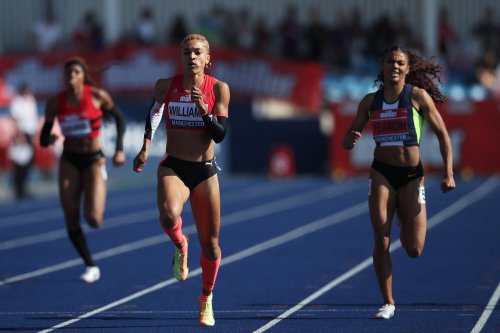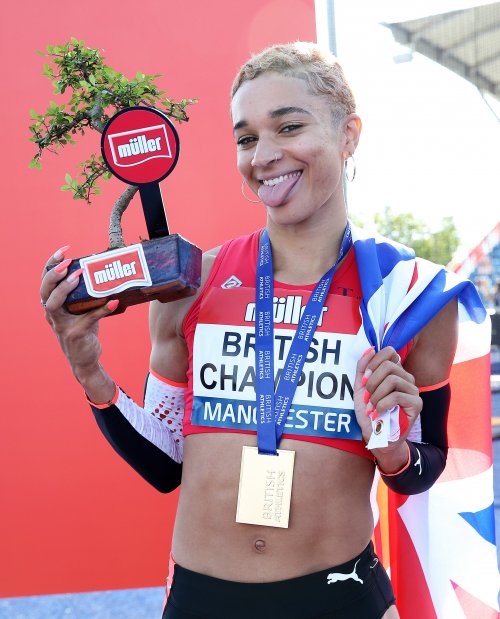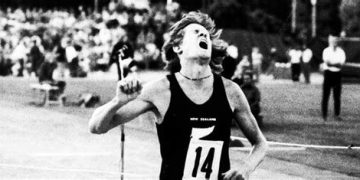 Jodie Williams took the British 400m final in 51.02, photo by Getty Images /British Athletics
Jodie Williams took the British 400m final in 51.02, photo by Getty Images /British Athletics
In this column, Stuart Weir explains the British program of selection. It is an option outside of what we do in the US, but it is fascinating to see the pros and cons with other ways of picking global championship teams.
The British system for selection – top two with an additional place at the discretion of the selectors – is designed to ensure that we have our strongest team at the championship. The American system of the top three – no ifs, no buts, is clear but can weaken the team. Take the women’s 100m hurdles in 2016. Keni Harrison broke the World Record but a failure to finish in the top three at the US trials ended her chances of Olympic selection. The British system is subjective with selectors deciding which athlete they think is more likely to win a medal.
Using the women’s 400 meters as an example, we will see that life can be very complicated for a GB athletics selector.
 Jodi Williams enjoys her 400m win, photo by Getty Images / British Athletics
Jodi Williams enjoys her 400m win, photo by Getty Images / British Athletics
The race was won by Jodie Williams in 51:02. She claims an automatic place in the Olympics.
In second place was Nicole Yeargin 51.26. Again, a straightforward situation resulting in an automatic selection. The complication here is that Yeargin is American-born and raised, seeking selection for GB through a British mother. All above board but phrases like “flag of convenience” or “Plastic Brit” come to mind”.
Going into 2021, I would have said that Laviai Nielsen was our leading 400 runner. But she struggled in the semi and was only fifth in the trials.
Zoey Clark is a funded member of the GB relay squad. At age 26 she has been in World and European Championships, indoors and out. But she was sixth in the trials.
Emily Diamond, another funded relay runner, has been to a World Championship, the Olympics, and 3 European Championships but she was seventh in the trials.
Then there are the new kids on the block.
Hannah Williams entered the championships with a PR of 52.49. She broke it in both races, finishing fourth in 51.60.
Then there is Ama Pipi who has also run at least two PRs this year. She was third in the trials.
So, if you are a selector, what do you do. Who gets the discretionary place in the individual 400: Pipi because she finished third? Or Hannah because of how fast she is improving?
Then what about the relay team: Do you take Diamond, Nielsen, and Clark for their experience. Or do you prioritize younger athletes like Pipi and Hannah Williams? Either way, it is not easy.
Author

Since 2015, Stuart Weir has written for RunBlogRun. He attends about 20 events a year including all most global championships and Diamond Leagues. He enjoys finding the quirky and obscure story.
View all posts




















